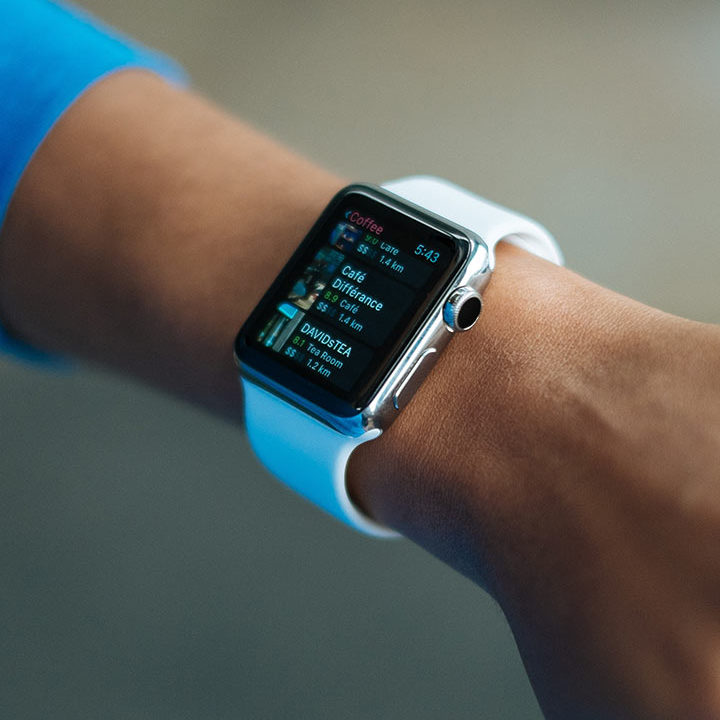Artificial intelligence for social good: when technological progress really helps
Reducing water consumption in agriculture by up to 40%, halting the spread of the Zika virus in Africa or predicting floods in India: the use of AI to solve the world’s problems is a nascent area, but full of opportunity. While the application of AI in the private world offers us self-driving cars, improvements in digital shopping channels and promises of efficiency and productivity, its link to the social world – in the hands of civil society organisations and governments – promises a boom in solving environmental and social problems.
The now established concept of “AI for Social Good” has even been adopted by tech giants such as Google and Microsoft, who apply it to initiatives, conferences, reports and workshops. But the fact that the big tech companies have started to use this concept does not mean that it is new.
For more than ten years there have been “techno-optimist” movements such as DataKind, Bayes Impact, Data Science for Social Good, AI4ALL or hack4impact, among others, that talk about how to use technology to address and solve some of the most complex challenges facing society. Why use artificial intelligence? Because machine learning algorithms can detect, for example, how a solution in one geographical location might or might not work in another location or which models would need to be modified so that they could be applied successfully.
The cases in which AI can solve these problems are extremely variable. From technologies that work as allies of doctors to detect illnesses with less margin for error, to those that help teachers design personalised curricula for their students, to those that determine whether to increase or decrease the frequency of public transport by taking into account the time and movement of passengers in order to travel better and spend less.
A platform that uses artificial intelligence has saved more than 30 billion litres of water in 75,000 hectares monitored in Latin America. (Image: courtesy of Kilimo)
Reducing water use in agriculture
One example of how AI is being used to improve the environment is Kilimo, an Argentinian start-up from Córdoba that has managed to make more efficient use of water in agriculture. Considering that this activity consumes 70 % of the world’s available freshwater, solving unnecessary waste is of vital importance.
Kilimo’s Agtech platform has saved more than 30 billion litres of water on 75,000 hectares monitored in Latin America, working with intensive and extensive crop producers in Argentina, the United States, Chile, Uruguay, Paraguay, Mexico and Peru.
How does it do this? A machine learning algorithm analyses satellite images, historical databases and other available information to estimate the crop’s water consumption in a week’s time and then provides advice on the necessary amount of irrigation. The solution proposes a water balance using a system that is fed with satellite data, climatic data and the characterisation of the field in question. It then applies big data methodology to suggest when and with how much water to irrigate, according to an irrigation strategy selected by the farmer.
The health sector is one of the most promising areas for the use of AI. IBM, for example, is working on a project to help slow the spread of the Zika virus. The initiative, carried out in collaboration with the New York-based Cary Institute of Ecosystem Studies, uses machine learning techniques to analyse data on the viruses and the primates that carry them and then compares these traits to 364 primate species around the world. This ultimately produces an interactive map showing where people are most at risk of contracting the disease.
One of the developments that could have an immense global impact is Google’s AI for Social Good development to predict floods. Floods affect 250 million people around the world and generate billions in losses in damages for individuals, governments and private companies.
A Google technology development can predict (and warn of) future floods by analysing thousands of weather and geographic data. (Image: Chris Gallagher / Unsplash)








